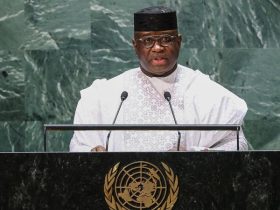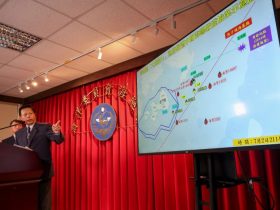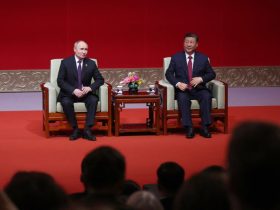Fans of Novak Djokovic were left disappointed on Sunday when, as it looked like the Serbian was romping to a straight-sets victory over world No. 18 Hubert Hurkacz at Wimbledon, play was stopped for the day.
Neither player was injured and the fans were engaged, but – like Andy Murray a few days prior – the game was suspended because it had come up against the tournament’s curfew.
What is the curfew at Wimbledon?
Unlike other grand slams, play at The All England Lawn Tennis Club is capped to finish at a certain time.
The outside courts stop play when light becomes an issue but on the show courts – Centre and No. 1 Court – there are retractable roofs – fitted with LED lights – which means the action could theoretically continue all night.
However, whereas at grand slams such as the Australian Open and US Open matches often finish well into the early hours of the morning, play is stopped on Wimbledon’s show courts at 11 p.m. local time (6 p.m. ET).
The rule, which was implemented in 2009 with the opening of the retractable roof on Centre Court, means that no play can continue past 11 p.m. local time with matches resuming the following day.
In a statement released in 2018, the All England Lawn Tennis and Croquet Club said: “The 11pm curfew is a Planning Condition applied to balance the consideration of the local residents with the scale of an international tennis event that takes place in a residential area.
“The challenge of transport connectivity and getting visitors home safely is also a key consideration. The curfew was introduced for the opening of the Centre Court roof in 2009.”
What it means?
Already at this year’s Wimbledon, two matches haven fallen foul of the curfew.
The first was Murray’s epic second-round match against Stefanos Tsitsipas which didn’t start until almost 8 p.m. local time after Liam Broady’s five-set thriller against Casper Ruud and Alize Cornet’s injury-delayed defeat by defending champion Elena Rybakina.
There was little to separate Murray and Tsitsipas when they did take to the court. And after Murray had won the third set to take a 2-1 lead, the match was stopped approximately 20 minutes before the curfew.
Play eventually resumed on Friday only after No. 1 seed Carlos Alcaraz had completed his second-round match.
The break seemed to work in Tsitsipas’ favor as he won the two remaining sets to advance to the next round.
The other match to be suspended because of the curfew was Djokovic’s clash with Hurkacz on Sunday.
Like Murray and Tsitsipas, the duo only took to Center Court late into the evening after Andrey Rublev and Alexander Bublik went to five sets and and women’s world No. 1 Iga Świątek came back from a set down to beat Belinda Bencic.
When they did take to a court, Djokovic and Hurkacz played out two thrilling sets, with the world No. 2 eventually winning them both on tie-breaks.
After the second tie-break, play was suspended with the match set to resume on Monday at the beginning of the third set with a spot in the quarterfinals on the line.
The most recent exception to the rule was Murray’s win over Marcos Baghdatis in 2012 which finished at 11.02 p.m. local time with Murray just a game away from victory at the time when the game should have stopped per the curfew.
At the time, Merton Council’s leader, Stephen Alambritis, said that “flexibility and common sense prevailed.”
“We were in touch with the All England Club from 10pm onwards and there were discussions between our planning officers and the tournament director,” Alambritis said, per the Wimbledon Guardian.
“We have always said these prearrangements were to be used with discretion, so I was pleased flexibility and common sense prevailed, because we have a duty to both the residents as well as the tennis.”






